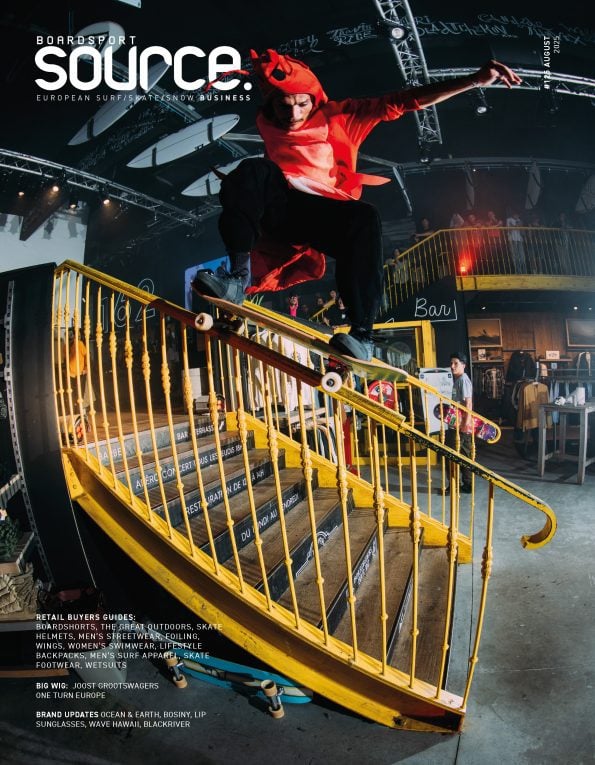
Snowleader.com’s Thomas Rouault Talks The Future Of Retail
For this issue’s Buyer Science feature, we speak with Thomas Rouault who started Snowleader.com a decade ago. Rouault, who prior to Snowleader worked at Nike ACG and 6.0, gives some fantastic insight snowboard industry insight on everything from brand support to the future of retail.

You worked at Nike ACG and Nike 6.0 before starting Snowleader.com – please explain the lessons learned from your days at Nike and how you implemented them into Snowleader.
I learned a lot of things at Nike, but today two notions really resonate. The first is their channel management. Nike was one of the first brands who managed to place the right product in the right network. A ‘Dunk’ for example can be sold in a premium store with a limited series, in a skate network with Nike SB and into a more general network with a basic colour. Outdoor and winter sports can’t do this. They sell the same product to the entire network, whether premium, ski resort shop or stock seller. This makes no sense and this is what depletes distribution networks today. We try to have open communication and educate/be educated by our suppliers. And this ethos is finally starting to take effect with certain players. The second notion is their premium retail execution. The value perceived by the customer of our operations must be high. We invest a lot in the training of our sellers, their involvement in global decisions, showcases, events and in the shop.
What have you learned from specific product categories in the last two years?
Brands must design products that have a lifespan that’s longer than a single season. Apple is able to roll out a new iPhone every year, but that’s Apple. A snowboard or ski jacket can be part of a catalogue for two years, and the customer is ready to accept that. This would reduce risk-taking, give the product more opportunity to sell, and avoid the customer seeing a new alternative just a few months after purchasing.
Over the past few years, have you changed your brand line-up and main brands?
Big brands will increase their direct contact with consumers as part of their business. That’s a fact. They will continue to need fewer retailers like us. We need to strengthen our offerings with intermediate brands that cannot afford to have their own direct sales network. These brands also need to think about which retailer network they want to work with for the future. By agreeing to sell their product to non-qualitative retailers, they are sealing their own fate.
How has the online industry changed since starting Snowleader? What do you see for the future of digital retail?
In 10 years, the obvious change has been the overall weight e-commerce accounts for. We went from a market of less than 1% to almost 15% or more today. This growth was often made with a lack of understanding by our suppliers of how this new sales channel worked. They did not understand that within e-commerce, there was the same segmentation as in physical networks. Brands have therefore sold the same products to all suppliers, whereas they would never adopt this strategy in brick and mortar. This has been a trigger for significant price competitiveness. I think in the future, retailers and consumers will see e-commerce and bricks and mortar as one fluid transition. Differentiating between the two is already a notion from the past for the consumer. In the end, the consumer considers retail as a device. They want to consume on their mobile, on their computer and also in stores. Large-scale suppliers will seek to approach consumer alone, through their own means/channels and smaller players will have to strengthen the links they have with retailers. In the same way, the big retailers will want to launch their own private label. The above concept is, in my opinion, only the beginning of a profound transformation of the distribution model.
What advice do you have on upcoming brands on how to stand out?
The main question a brand must ask is: what will it bring me to have my products in a network of retailers? The temptation can be great to go it alone and have your own points of sale and e-commerce site. Retailers need to stay attractive for new brands, looking forward with the view to these brands becoming margin contributors of the future. We must also look at which models work and which create value. Many brands have made real distribution choices, which have paid off. The most recent seems to me to be Picture Organic Clothing. This is a good model for new entrants. A limited number of retailers, growth generated by the increase of business by retailers and not by extension of the network. An e-commerce website that is part of a global strategy that involves e-commerce.






